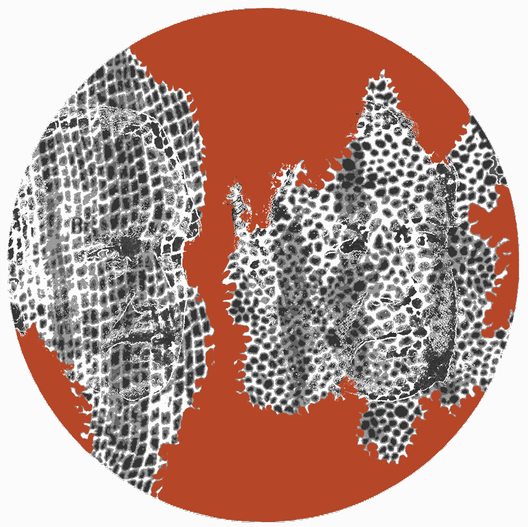Matthias Schleiden(1804–1881) & Theodor Schwann(1810–1882)
Although cells were given their name by Robert Hooke in the 17th century, their function as building blocks of living tissue was not established until the 19th century. The critical step was identifying a nucleus in the living cells. Robert Brown (1773-1858) described and named the cell nucleus in 1831. The cell doctrine was most clearly articulated in the late 1830s by Schleiden and Schwann, who are both shown in Hooke’s diagram of cork cells. They were working in Berlin, where Schwann was an assistant to Johannes Müller, and he was one of the first of Müller’s colleagues to confront his vitalist ideas. Additional assistance was provided by the new achromatic microscopes that enabled finer resolution with fewer optical aberrations. Schleiden was a botanist and he proposed that all plants were composed of cells in an article on contributions to phytogenisis (1838). In the following year, Schwann published a book on the microscopic structure of plants and animals, and the cell doctrine is associated with both their names. In his book, Schwann stated that: “there is one universal principle of development for the elementary parts of organisms… and this principle is in the formation of cells”.
